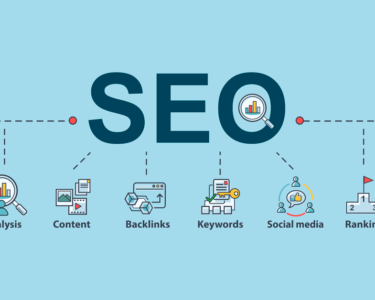The difference between strategic management and planning
As links in the same chain, planning and strategic management differ in their goals and methods of implementation. Planning is an integral part of strategic management, which includes only its initial stages, such as defining a mission, visions, substantiating the problems that an enterprise may face in the coming period, developing a strategy. But planning will not include the implementation of the strategy and the evaluation of the results from this implementation.
The division in terms essentials of strategic managment and planning occurred in the late 60s of the last century. It marked the difference between current management at the production level and management carried out at the highest level.
Definition of the concept of strategy
Strategy is a combination of competition and business organization methods aimed at satisfying customers and achieving organizational goals. In fact, this is a determination of how the internal policy of the company is consistent with external factors, what needs to be done for successful activity, and what should be abandoned. At the present stage, effective management and successful business are impossible without strategic planning. A variety of strategies and their combinations make it possible to transform actions in accordance with changes in internal or external factors that affect the company’s activities.
Five Tasks of Strategic Management
Strategic management involves the solution of five main tasks:
– Goal setting.
– Strategy development (strategy definition at various levels, strategy development pyramid.
– Strategy implementation.
– Evaluation of results and adjustment of the strategic vision, global goals, strategy and its implementation, taking into account the experience gained, changed conditions, the emergence of new ideas and opportunities.
Four levels of strategies
There are four levels of strategies corresponding to the levels of the organization.
Level 1 is a corporate strategy that is developed for the entire diversified company. It includes factors such as:
– Development and strengthening of positions in new industries;
– Improving the performance of all departments;
– The transformation of the elements of inter company compliance into a competitive advantage;
– Setting investment priorities and redistributing resources in favor of the most promising units.
The 2nd level is a business strategy that is developed to manage one department to achieve its optimal performance. At this level, it should be taken into account that a single-industry enterprise does not have a corporate level and there is only a business strategy. A diversified company develops a separate business strategy for each line of business.
It consists of the following elements:
– Response to changes in the industry and the economy as a whole, in legal, political and other significant areas;
– Competitive strategy (market policy) that provides a sustainable advantage in the market;
– Coordination of strategic initiatives of functional divisions;
– Solution of specific strategic problems of companies.
Level 3 is a functional strategy that is developed for each functional unit within each line of business. It is a plan that covers the activities of such functional units as R & D, production, marketing, customer service, sales, finance, personnel, etc. within certain departments.
The 4th level is the operational strategy, which is a narrower strategy for the main structural units within the functional units. It defines the principles for managing the links of the organizational structure (factories, sales departments, distribution centers) and the solution of strategically important operational tasks (purchasing, inventory management, repairs, transportation, and advertising).
Along with the growth of competition in international markets, the reduction of information barriers and the processes of globalization, the importance of strategic planning as an effective professional tool for making and implementing strategic decisions is increasing.
Advantages of strategic planning and mistakes in its implementation
The advantages of strategic planning are that the company is able to withstand growing competition and support the company’s sustainable development; optimize the use of existing assets and increase the
Efficiency of acquiring new ones; correctly position the product, differentiate activities, increase competitive advantages, etc.
With the right approach, there are no shortcomings in the strategic management model as a whole. But there is a danger – this applies mainly to companies in emerging markets – making common mistakes. This is, first of all, the lack of due attention to strategic management and the lack of professional managers who are able to outline the direction and practically implement strategic management. Disloyal attitude of state structures towards large business organizations, corruption, and unfair distribution of large state orders – all this makes strategic management difficult, which leads to a decrease in the company’s success.






